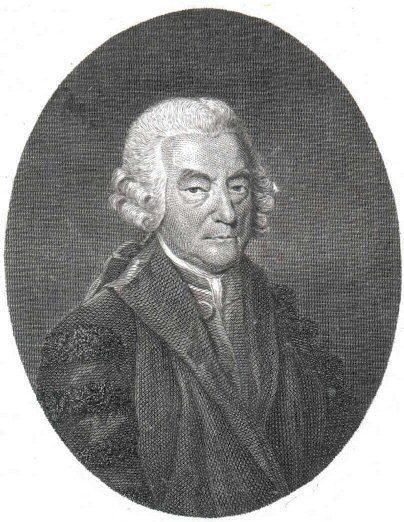Name William Watson Awards Copley Medal | Role Physician Children William Watson Fields Physician, Scientist | |
 | ||
Born 3 April 1715London, England ( 1715-04-03 ) Died May 10, 1787, London, United Kingdom | ||
William Watson, FRS (3 April 1715 – 10 May 1787) was an English physician and scientist who was born and died in London. His early work was in botany, and he helped to introduce the work of Carolus Linnaeus into England. He became a Fellow of the Royal Society in 1741 and vice president in 1772.
In 1746, he showed that the capacity of the Leyden jar could be increased by coating it inside and out with lead foil. In the same, year he proposed that the two types of electricity—vitreous and resinous—posited by DuFay were actually a surplus (a positive charge) and a deficiency (a negative charge) of a single fluid which he called electrical ether, and that the quantity of electrical charge was conserved. He acknowledged that the same theory had been independently developed at the same time by Benjamin Franklin—the two men later became allies in both scientific and political matters.
On 14 August 1747 he made an experiment to conduct electricity through a 6,732 foot long wire at Shooter's Hill in London. At another experiment he made, the wire was 12,276 feet. Previous experiments in France had only tried shorter distances.
